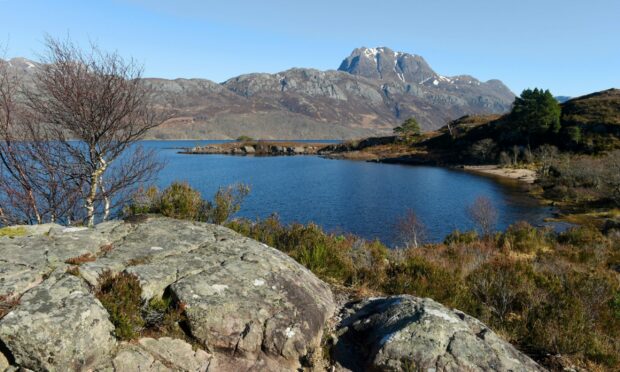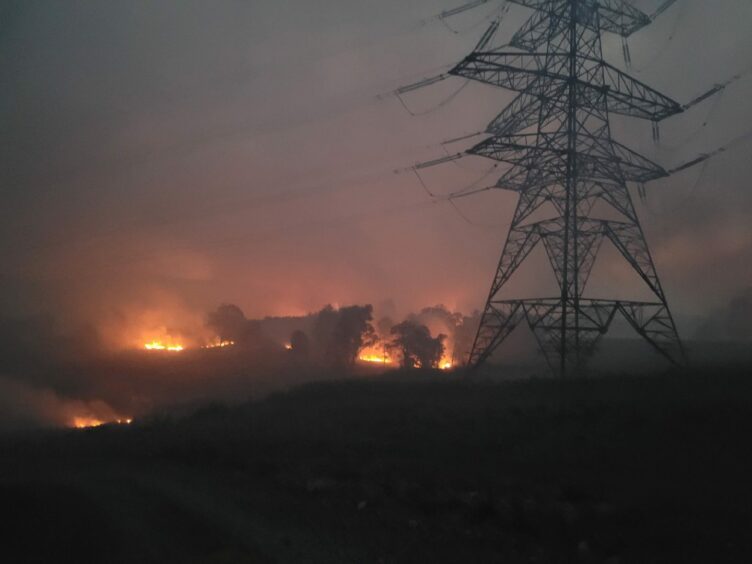The risk of water scarcity in the Loch Maree area has been increased to the highest level possible.
Last week, Sepa issued warnings in 12 areas across Scotland concerning the dry conditions.
Now, the risk in the area around the Highland loch has been raised to “significant” with operators told to stop using hydropower generators to preserve water.
Nathan Critchlow-Watton, head of water and planning at Sepa, said: “For the risk of water scarcity to have reached significant this early in the summer is extremely concerning and leaves no doubt that the next few months are going to be very challenging for all those who rely on the water environment to run their business.
“While water levels are critical in this part of the Highlands, we can see other areas of Scotland are on the same trajectory and it’s vital that businesses take steps now to maximise the resource available and prevent further environmental harm.”
Risk at Loch Ness also raised
Sepa has been in contact with all affected businesses to provide guidance, and is also advising residents to monitor the situation.
Businesses have been urged to put their water scarcity plans into action now to reduce pressure on the environment and preserve resources.
A total of 37 areas are currently at alert level for water scarcity, with the risk at Loch Ness also raised to “moderate”.
Seven areas are at an early warning stage, including Orkney, River Ythan, River Don, Kintyre and River Add.
The situation across the country is expected to escalate quickly due to the lack of rain forecast over the next few weeks.
The recent dry weather has also lead to the issuing of wildfire warnings which coincide with the major blaze out in the wild at Cannich.
Sarah Cowie, environmental resources policy manager at NFUS, added: “Water is a vital resource for the agricultural sector as we cannot produce food without a consistent and plentiful water supply.
“Last year, Sepa suspended abstraction licences for some growers for the first time and the current prolonged period of dry weather across the country means all farmers and growers must think about water use on farm now and plan ahead for the coming summer season.
“Our Horticulture Working Group met with SEPA this week to discuss a partnership approach between growers and SEPA on water resource management.”



Conversation